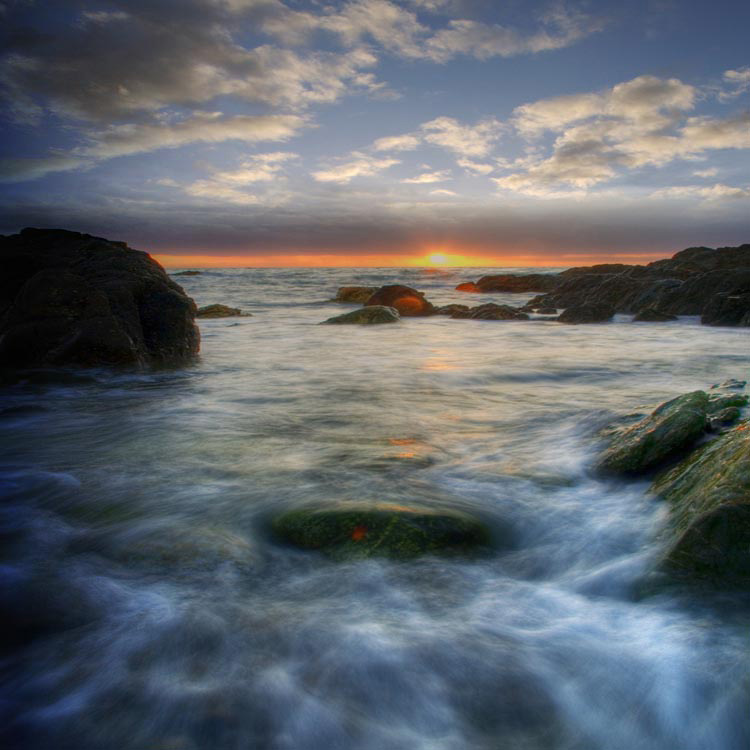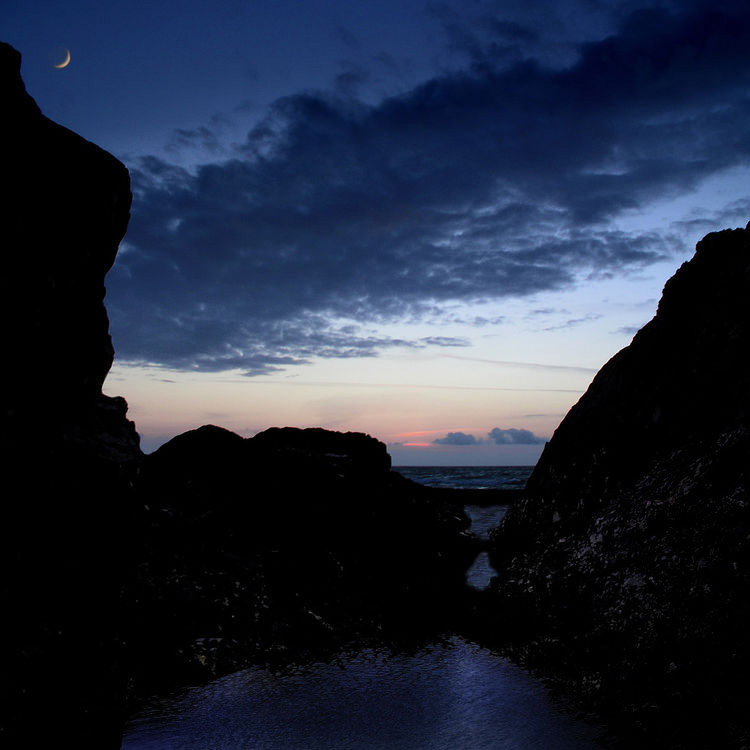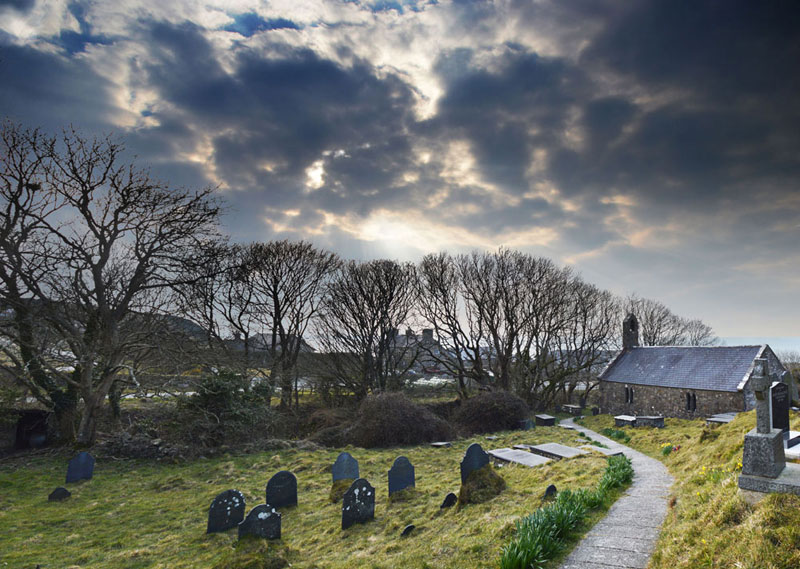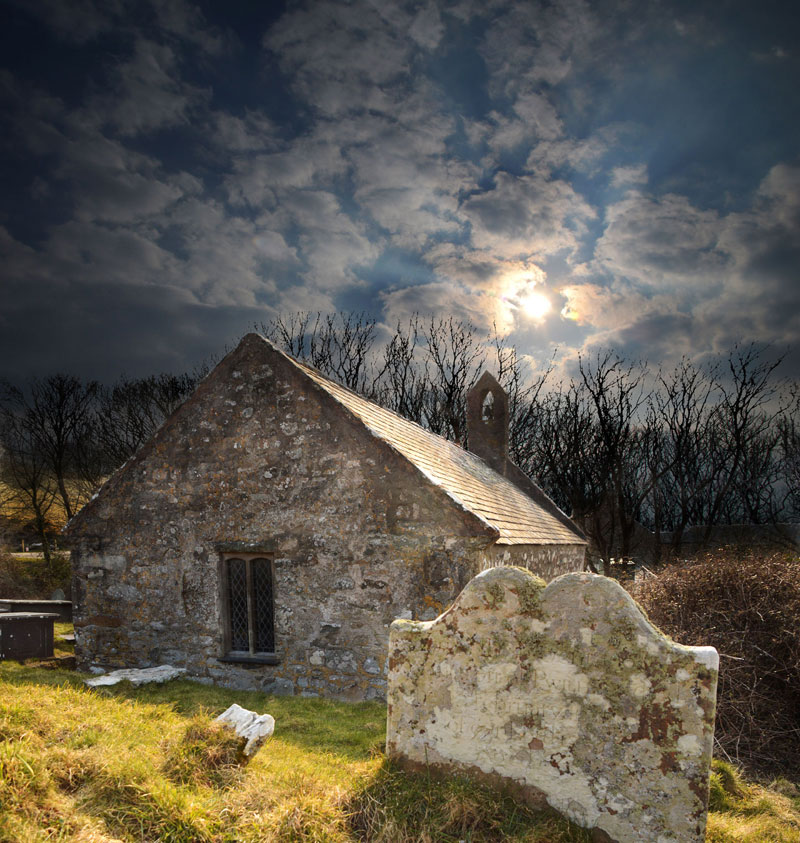
Llŷn may not be blessed with grand cathedrals and churches, the likes of St. David’s or York, but, for centuries the people of the area have built, maintained and prayed in buildings which reflect a wide Variety of architectural styles and cultural influences.
Today, in towns and villages throughout the principality, it is hard to miss the relatively recent and somewhat austere presence of chapel architecture. Yet, hidden away, sometimes in the least likely places, there are much older expressions of religious devotion – churches, some so small they could be easily overlooked, which offer links back to the earliest days of Christianity – to the ancient Celtic Church which survived in this area until some time in the thirteenth century.
Many of the churches listed here have suffered the ravages of time and not all are ancient buildings, but each, in its way, preserves either artefacts from those early Christian times or something of the spirit of an earlier church which formerly may have occupied that or a nearby site.
Little is known of most of the “Saints” after whom these churches have been named. Some may have been early missionaries bringing the faith to the people of ancient Britain, whilst others may have been hermits living simple lives of devotion in the area. Still others may have been donors of land upon which the first churches were built. (It is interesting to note here that the WeIsh word Llan does not actually mean “Saint”, but rather is an ancient word for a consecrated enclosure within which worship and burial took place. It has now come to mean the church of the founding saint and as villages have grown up around these churches many now share the name of their original church).
Whether the modern traveller is following the Pilgrims’ Trail for devotional reasons, or whether out of an interest in architecture, history or culture, today’s ‘pilgrim’ is assured of a rich and rewarding experience.
Whilst following this trail the traveller will, in places, be struck by the same sense of isolation and distance from the world as that which first attracted the early Celtic Saints. On Llŷn it is still possible to enjoy peace and quiet and to contemplate the meaning of life surrounded by nature’s bountiful beauty.
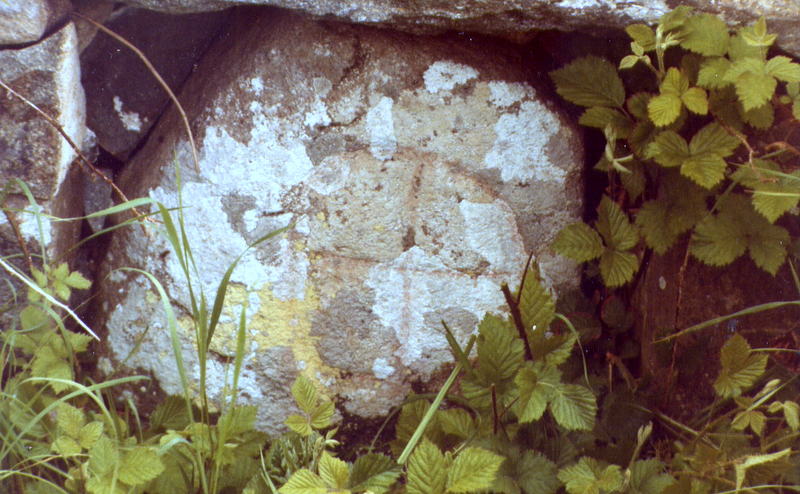
Sadly, not all the churches listed are open daily and whilst access to some can be arranged (see individual church notice boards for details of keyholders /opening times), access to others may not be possible especially at certain times of the year.

Follow the slate plaques along the trail
The Pilgrims’ Trail is signposted in places but it is advisable to take a large scale Ordnance Survey map of the area with you.
There are, in effect, two routes – a northern and a southern route which converge at Aberdaron opposite Bardsey Island. Both modern routes attempt to follow, where possible, the trail taken by the pilgrims of old.
These early pilgrims would have been conveyed by boat across the dangerous water to Bardsey but these days access to the island is somewhat limited due to its status as a National Nature Reserve.

The Pilgrims’ Trail Interactive Maps - http://www.penllyn.com/1/Hanes/Crefyddol/index.html
